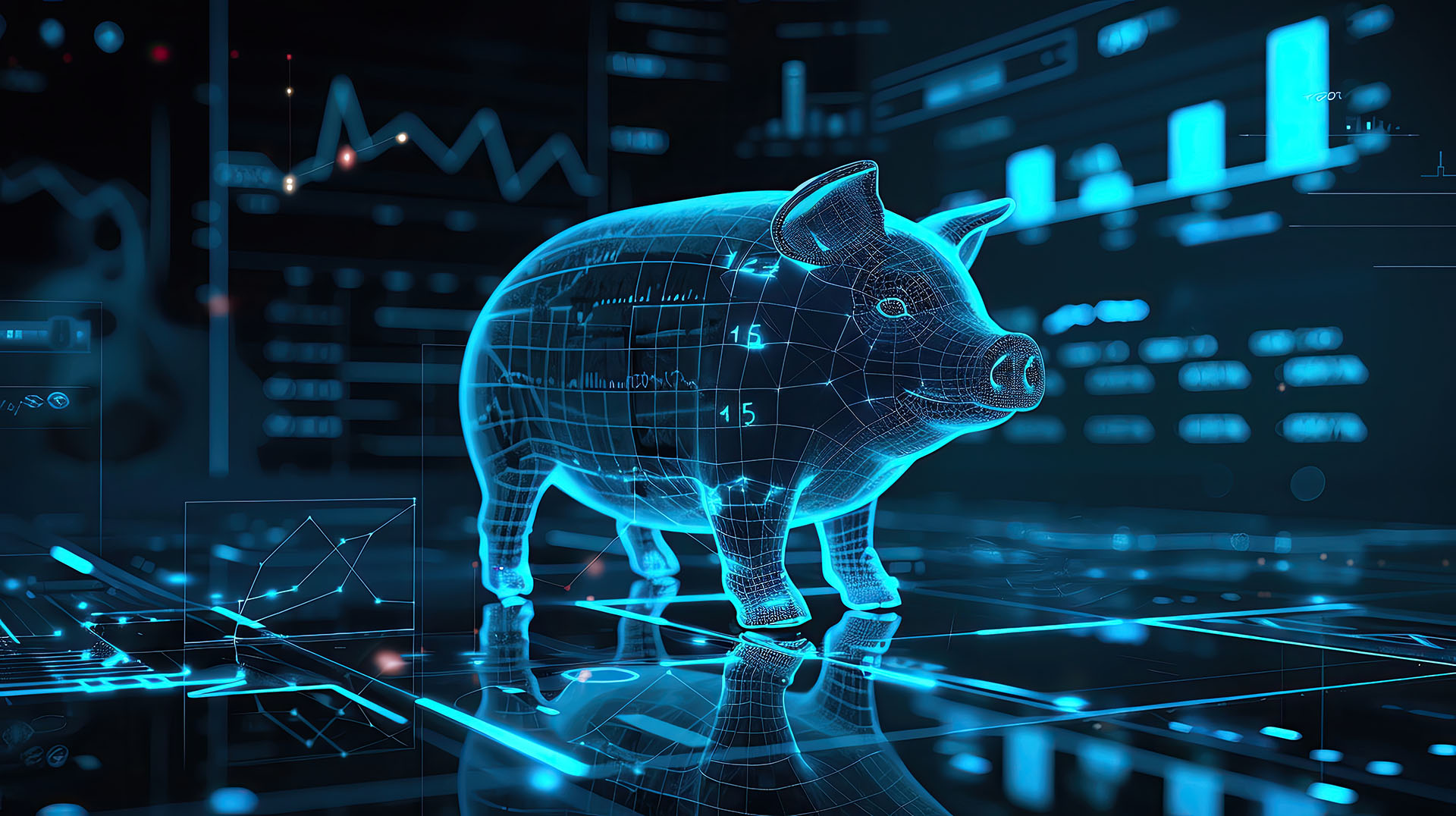18 August 2025

The largest solar power project in Australia’s history has hit a brick wall, with two of Australia’s richest billionaires now battling it out in a high profile rivalry that is forming the debate on what is the most viable form of renewable energy.
The largest solar power project in Australia’s history has hit a brick wall, with two of Australia’s richest billionaires now battling it out in a high profile rivalry that is forming the debate on what is the most viable form of renewable energy.
Sun Cable, which was going to be (and still might be) the world’s largest solar energy infrastructure network, is planning to utilise one of the world’s most reliably sunny regions to build a gigantic 20GW solar farming operation that feeds into a 42GWh battery.
Situated in the Northern Territory with an estimated capital expenditure of around $30 billion, the energy will be transported to Darwin and then on to Singapore through a 5,000km cable system that the company has called the ‘Australia-Asia PowerLink’. Construction was expected to begin in 2024, with the project coming online in 2027 and creating over 14,000 jobs during its lifetime.
On the verge of launching a capital raising campaign for the project, an unfortunate falling out between major shareholders Mike-Cannon Brookes and Andrew Forrest over the company’s management and cash burn resulted in a stalling of this current financing round long enough to throw Sun Cable into administration.
Forrest is a long time advocate of the viability of hydrogen as an energy source. He’s now not only questioning if the Sun Cable project – of which he was a cornerstone investor in their $210 million raise in March 2022 – is still viable, but also if Singapore even wants the power. In a disappointing breakdown of what appeared to be a united front only days before, Forrest apparently attempted to scrap the 4,200km underwater cable that could have provided 15% of Singapore’s energy needs. He’s now come out with an unexpected (but not necessarily unpredictable) plan to use the energy Sun Cable will harness to produce green hydrogen and ammonia. He also wanted to replace management, and proposed a convertible note deal that would have heavily diluted existing shareholders.
Cannon-Brookes is still firmly advocating for the cable and the project as a whole. He has also stepped in with a $65 million emergency financing package that takes the form of a zero interest loan. He believes the numbers add up, and will be a front runner in the upcoming auction of the project. However, this debt package will likely only give the company 3 months of runway with their current cash burn.
The administrators of Sun Cable, FTI Consulting, have headed to court last week to tie up the funding before launching an auction. Both Forrest and Cannon-Brookers are still in the running, and will certainly both still need to press ahead with further debt support afterwards. MA Moelis has been hired to hunt for buyers of what could end up being Australia’s greatest renewables success story or an expensive disaster.
Binding bids are due by the end of April. While Forrest and Cannon-Brookes will be bidding against each other, there have been reports of other infrastructure funds being interested. Canada’s Brookfield, Singapore’s GIC and Australia’s Quinbrook have all floated as potential buyers.
Past performance is not a reliable indicator of future performance.
Sources:
- Sun Cable, Sun Cable is developing the world’s largest solar energy infrastructure network
- Renew Economy, Sun Cable clears new hurdle for world’s biggest solar and battery project
- AFR, Billionaire bust-up burns Sun Cable project
- AFR, Australia’s export dilemma: solar via cable or hydrogen by ship?
- AFR, Mike Cannon-Brookes loans Sun Cable $65m for administration
- AFR, Court first, sale second at Sun Cable
- AFR, Bids invited for Sun Cable as sale process kicks off


